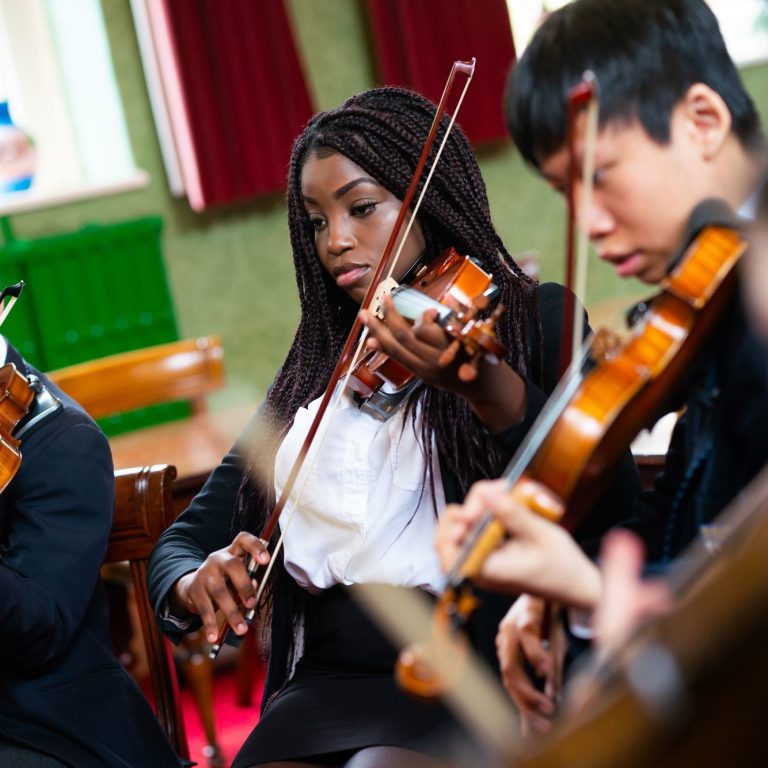Natalie’s test page
Further restrictions are expected to be announced for Merseyside later after a spike in coronavirus cases. Liverpool Mayor Joe Anderson said rules could be “even stricter” than in the North East as there were “serious concerns” about managing the virus.
He said financial support needed to follow any new restrictions.
Liverpool’s weekly infection rate rose to 258 per 100,000 on 28 September. Knowsley has the second highest rate in the country at 262 in the same week.
St Helens had 212 per 100,000 and Halton had 206, while Burnley in Lancashire has the highest rate at 327 per 100,000.
Restrictions on households mixing, with a ban on people meeting in homes and gardens and pubs being told to shut early, were brought in across Merseyside earlier in September.
During that time, Liverpool’s infection rate has risen 13 fold.
Mr Anderson said he thought this was due to an increase of people moving around the city, with schools and students returning and people going back to work.
He said: “There are more people in the city we didn’t have before and they are now moving freely around the city…spreading human contact is spreading the disease and virus which is what it thrives on.”
My case study about art comp
Further restrictions are expected to be announced for Merseyside later after a spike in coronavirus cases. Liverpool Mayor Joe Anderson said rules could be “even stricter” than in the North East as there were “serious concerns” about managing the virus.
He said financial support needed to follow any new restrictions.
Liverpool’s weekly infection rate rose to 258 per 100,000 on 28 September. Knowsley has the second highest rate in the country at 262 in the same week.
St Helens had 212 per 100,000 and Halton had 206, while Burnley in Lancashire has the highest rate at 327 per 100,000.
Restrictions on households mixing, with a ban on people meeting in homes and gardens and pubs being told to shut early, were brought in across Merseyside earlier in September.
During that time, Liverpool’s infection rate has risen 13 fold.
Mr Anderson said he thought this was due to an increase of people moving around the city, with schools and students returning and people going back to work.
He said: “There are more people in the city we didn’t have before and they are now moving freely around the city…spreading human contact is spreading the disease and virus which is what it thrives on.”
My case study about Maths

He said financial support needed to follow any new restrictions.
Liverpool’s weekly infection rate rose to 258 per 100,000 on 28 September. Knowsley has the second highest rate in the country at 262 in the same week.
St Helens had 212 per 100,000 and Halton had 206, while Burnley in Lancashire has the highest rate at 327 per 100,000.
Restrictions on households mixing, with a ban on people meeting in homes and gardens and pubs being told to shut early, were brought in across Merseyside earlier in September.
During that time, Liverpool’s infection rate has risen 13 fold.
Mr Anderson said he thought this was due to an increase of people moving around the city, with schools and students returning and people going back to work.
He said: “There are more people in the city we didn’t have before and they are now moving freely around the city…spreading human contact is spreading the disease and virus which is what it thrives on.”
My case study about David Hall
Further restrictions are expected to be announced for Merseyside later after a spike in coronavirus cases. Liverpool Mayor Joe Anderson said rules could be “even stricter” than in the North East as there were “serious concerns” about managing the virus.
He said financial support needed to follow any new restrictions.
Liverpool’s weekly infection rate rose to 258 per 100,000 on 28 September. Knowsley has the second highest rate in the country at 262 in the same week.
St Helens had 212 per 100,000 and Halton had 206, while Burnley in Lancashire has the highest rate at 327 per 100,000.
Restrictions on households mixing, with a ban on people meeting in homes and gardens and pubs being told to shut early, were brought in across Merseyside earlier in September.
During that time, Liverpool’s infection rate has risen 13 fold.
Mr Anderson said he thought this was due to an increase of people moving around the city, with schools and students returning and people going back to work.
He said: “There are more people in the city we didn’t have before and they are now moving freely around the city…spreading human contact is spreading the disease and virus which is what it thrives on.”









